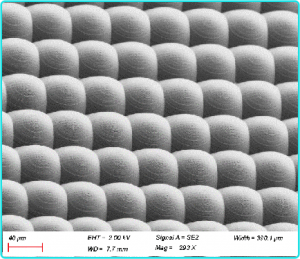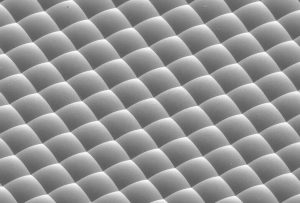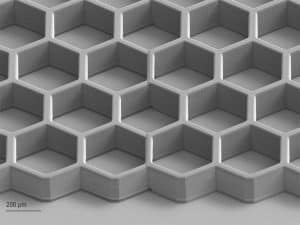
Thin Film Preparation - Deposition
Chemical methods can create thin films with excellent uniformity, coverage and stoichiometric ratios, but they require different gases and sometimes different chambers for each film type. The most commonly recommended chemical method is chemical vapor deposition (CVD).
In this technique, a gas precursor is introduced into the chamber and the substrate is heated to a temperature high enough to induce a reaction and create the film of interest. Different types of CVD are available, such as low pressure CVD (LPCVD), atmospheric CVD, isotropic enhanced CVD (PECVD), and primary layer deposition (ALD).
In CVD, the pressure must be low enough and the substrate temperature must be high enough that the reaction occurs only on the substrate surface and not in the gas phase. The gas phase reaction causes particles to form and be deposited on the surface.
Plasma Enhanced CVD
PECVD is a variation of LPCVD in which plasma is used to reduce the substrate temperature to below 300 degrees Celsius. This is required to meet the needs of the complementary MOS (CMOS) manufacturing process, which requires high quality dielectrics as insulation for the layers between the metal interconnect traces, but LPCVD temperatures are too high for ICs in their later stages of fabrication.
In the PECVD reactor, the isotropic substrate is very close to the substrate and usually at very low discharge power levels, no gas phase reactions occur. The chemical composition is very similar to LPCVD except for the lower substrate temperature.
Low pressure CVD
In LPCVD, the substrate is placed in a quartz tube and heated while the precursor gas flows to maintain a constant pressure. In this case, the deposition rate is determined primarily by the pressure and temperature, rather than by the gas flow characteristics. Because it is relatively easy to maintain pressure and temperature, LPCVD films tend to be very homogeneous and very conformal. LPCVD is used to make thin films of silicon nitride, silicon dioxide, silicon carbide, and several germanium compounds. The required substrate temperature is determined by the reaction chemistry and is typically higher than 700 C.
We offer fastMEMS device / micro and nanostructure processing design services, Feel free to leave a message to inquire.


